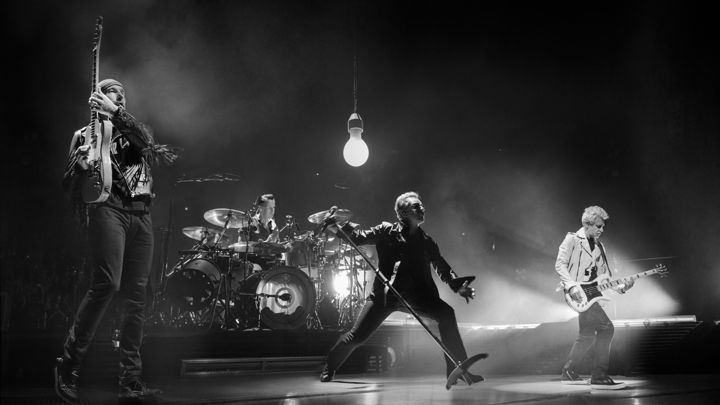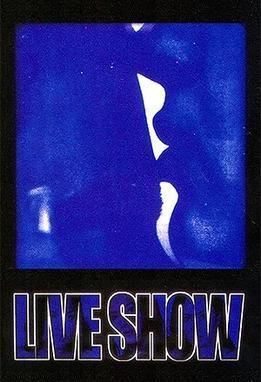Live Show (film)
5 /10 3 Votes
| Language Filipino, English | |||||||||||||||||||||||||||||||||
 | ||||||||||||||||||||||||||||||||||
Release date 2000 Similar Biyaheng Langit, Milagros (film), Minsan Pa | ||||||||||||||||||||||||||||||||||
Live Show, originally titled Toro, is a Filipino film directed and written by Jose Javier Reyes.
Contents

Live show
Plot
The film depicts the lives of poverty-stricken young men and women forced to the trade of performing live fornication on stage of Manila's nightclubs in exchange for money.
Cast
Reception
Live Show was exhibited at the Berlin Film Festival in 2000 and was shown in 12 other festivals in North America, Europe and Australia, where it earned praise for its brutal realism.
Name change
In 2000, then Movie and Television Review and Classification Board chairman Armida Siguion-Reyna ordered a ban on Toro. After the first ban was imposed, a "second (expanded) review committee" was created and subsequently overruled the decision and voted to give the producer, Regal Films, the permit to exhibit.
The film, however, was not shown in public theaters in the Philippines until the second week of March 2001 after its original name, Toro, which means pay-per-view sex in local slang, was changed.
Ban
Live Show created a public outcry in the Philippines. The Catholic Church severely criticized the Philippine government for allowing the screening of the film, which shows upper frontal nudity. After running for about two weeks, then President of the Philippines Gloria Macapagal-Arroyo suspended Live Show’s run in theaters and ordered the creation of an appeals committee, which includes representative of Macapagal-Arroyo and the film industry, to screen a review the said film.
The banning of Live Show triggered a debate over the freedom of expression and the role of the Roman Catholic church in the Philippines. On March 22, 2001, Nicanor Tiongson, Siguion-Reyna’s successor, resigned from his post, and accused the church and Macapagal-Arroyo of religious bigotry. He was replaced by Alejandro Roces.
Macapagal-Arroyo elicited criticisms for banning a film she had not even seen. The ban also provoked fierce protests from the film industry, which accused Macapagal-Arroyo of buckling under pressure from Manila Archbishop Cardinal Jaime Sin, the top prelate in the largely Roman Catholic nation. On March 23, 2001, The film's director Jose Javier Reyes, along with Klaudia Koronel and other 2,000 entertainment industry workers marched down Mendiola Street to protest the ban.
A three-man committee, which normally has five members, reviewed the film March 26.
On April 3, 2001, the Malacañang appeals committee ordered the permanent ban of Live Show from exhibition in local theaters. Then presidential chief of staff Renato Corona, a member of the three-man committee disclosed that members of the committee voted for an outright ban of the film while one member voted for extensive cuts on both scenes and dialogues.
Aftermath
After watching Live Show herself, Macapagal-Arroyo called it "a well-made soft-porn film.”
In a bid to appease members of the movie industry fighting for the freedom of expression, the President cut the amusement tax by 50 percent to 15 percent and vowed to go after video pirates and said the tax rebate would no longer give producers an excuse to resort to making quick return-on-investment movies that cater only to the baser instincts.
